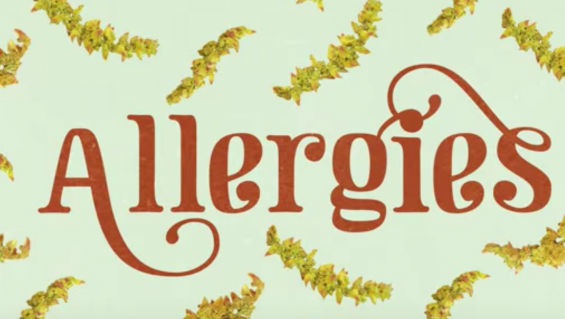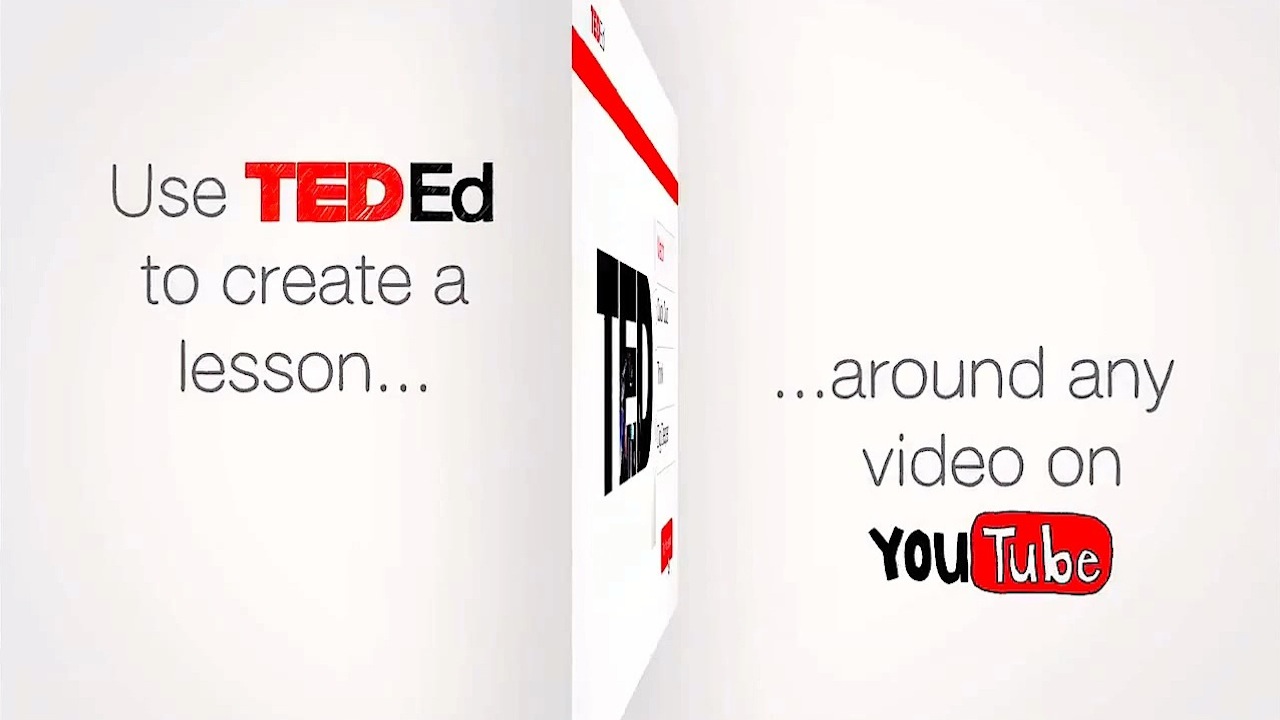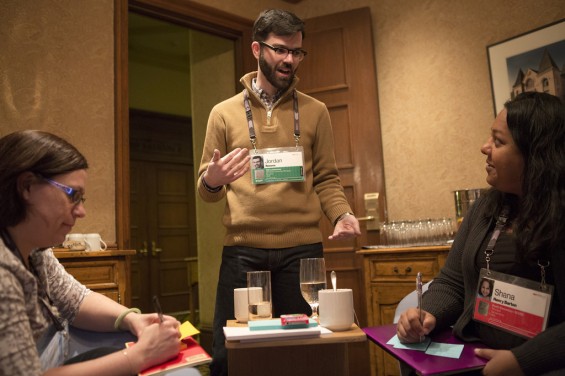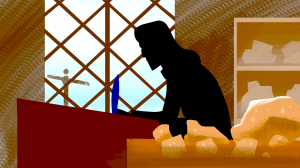
Create a TED-Ed Lesson using any TEDTalk

Today’s publication of Jill Bolte Taylor’s classic TEDTalk, Stroke of insight, marks the first public posting of a TEDTalk to the TED-Ed YouTube Channel.
But why this Talk? Why re-upload to the TED-Ed YouTube channel? Why start posting TEDTalks now? And what’s with the new intro?
In this blog post, we’ll work backwards through each of the questions above, and we’ll do our best to explain how we envision TEDTalks fitting into the overall TED-Ed initiative.
What’s with the new intro?
The opening sequence that you see in this video (screen grab above) is meant to communicate three key features that the TED-Ed website offers to our growing audience on YouTube.
1. The TEDTalk doubles as a TED-Ed Lesson — When a Talk is posted to TED-Ed, it is no longer just a Talk. It’s also a Lesson. The Lesson, which includes multiple choice questions, open-answer questions, and materials that support a student to dig even deeper into the topic, can be viewed in full on ed.ted.com. A link to the Lesson can be found in the YouTube annotations or in the video description on the YouTube page.
2. The Lesson is just a starting point — The Lesson on TED-Ed can be used by teachers or learners as is, or it can easily be edited to fit the needs of your learners by clicking the “Flip This Lesson” button on the video’s Lesson page. You’ll need to login with your TED Profile or your Facebook account to flip a Lesson using TED-Ed.
3. Create a Lesson around any video on YouTube — This intro is a reminder that you can “flip” (aka create a Lesson around) any TEDTalk, any TEDxTalk or any listed and embeddable video on YouTube. To search for a video you would like to flip, simply enter the search term or YouTube URL on this page.
Why start posting TEDTalks now?
The TED-Ed initiative was created to optimize (and develop) TED content for use in the classroom. In fact, the driving conceptual force behind TED-Ed, even before launch, was to create a tool to serve the scores of educators who were incorporating TEDTalks into their teaching.
To simply aggregate school appropriate TEDTalks into an online library, however, seemed like a small opportunity when compared to the notion of building a platform that allowed teachers to not just identify and distribute educational TED content but to play an active role in creating it. So, after listening to feedback from the TED community, we set out to build a platform in which great teachers–the very same teachers who were sharing Talks with their students–could also send us audio recordings of their best lessons, watch those recordings brought to life by professional visualization artists, and see the resulting videos placed front and center on the TED-Ed homepage and TED-Ed YouTube channel.
We’re excited to report that, after six months in the wild, the first class of “TED-Ed Original Videos,” each comprised of a real educators words and art from pro animators, have received over 10,000,000 views and have been morphed into over 10,000 unique Lessons. You can see a list of the ten most viewed TED-Ed Originals here.
Now that we have established this new form of content, we are excited to also begin adding lessons centered around existing and new TEDTalks.
Why re-upload Talks to the TED-Ed YouTube channel?
Over 1200 TEDTalks are available on both TED.com and TED’s primary YouTube channel, TEDTalksDirector. Sorting through all of those TEDTalks is a difficult task for any busy teacher. Our intention is to curate the TED-Ed YouTube channel, which is a featured channel on YouTube’s primary K-12 initiative, YouTube For Schools, with the Talks that teachers have identified as being most useful in a middle school-, high school-, or college-aged classrooms.
We will add TEDTalks and TEDxTalks to the TED-Ed library on a rolling basis, so if you see one that you think we should include, please don’t hesitate to let us know. But also keep in mind that you don’t need to wait on us! You can flip any TEDTalk (even the Talks not on TED-Ed) by searching for the Talk’s title or by pasting its YouTube URL here.
Why this Talk?
We have the good fortune of working with thousands of educators around the world. When we hear that a particular Talk incites a colorful discussion amongst learners without fail, helps a viewer understand the real world implications of previously abstract or mundane topic upon each screening, or simply evokes a sense of wonder and curiosity in the majority viewers that it reaches, we tag it immediately for inclusion in the TED-Ed library. Jill Bolte Taylor’s incredible account of how her career as a brain scientist helped her understand her body as it succumbed to a stroke is a story that has been appreciated by millions of learners (of all ages) around the world. Put plainly, we couldn’t resist making this the first public TEDTalk on our YouTube Channel.
We can’t wait to see how you use the TED-Ed website to re-contextualize this incredibleTEDTalk and the many more to come.
Have a TEDTalk or TEDxTalk that you’d like to see included in the TED-Ed library? Let us know in the comments.




Is it possible to add subtitles in the video and have the rest of the material in a different language than English?
TED-Ed is in the process of slowly adding this functionality now. All of our videos are part of TED’s Open Translation Project (which allows for the creation of subtitles) and we’re in the early stages of figuring out how to effectively and correctly translate the rest of the lesson content. While we won’t have the lesson localization in place anytime soon, it is a priority for the future.
There are some pictures, diagrams etc., which deserve to be treated as lessons in themselves and don’t need a YOU-TUBE VIDEO. This includes my model of the way of money circulation within the complete macroeconomy, see: DiagFuncMacroSyst.pdf which may be found on Wikipedia Commons under Macroeconomics. I wish to create a brief lession that explains what it is and how it works. Any advice?